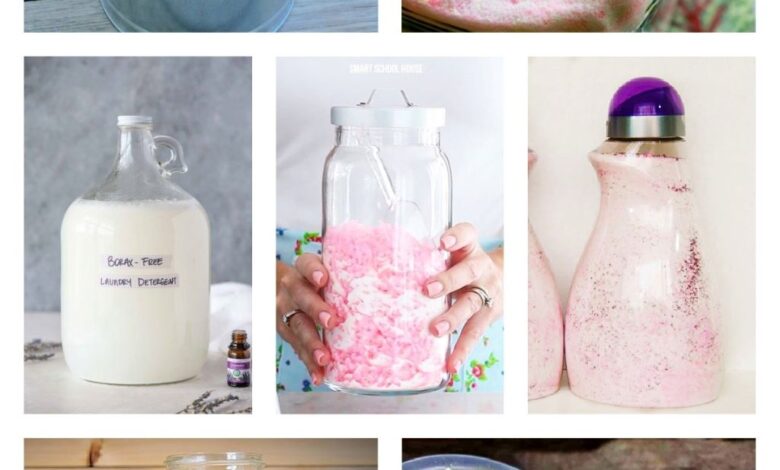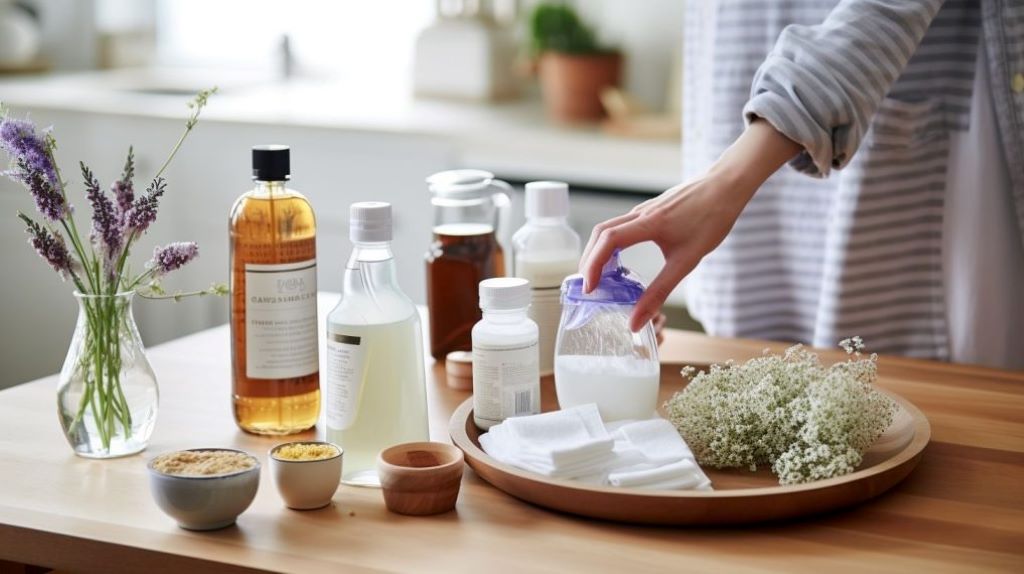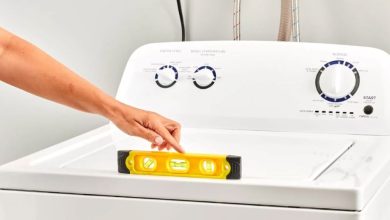The Complete Guide to Homemade Laundry Detergent: Save Money and Reduce Chemical Exposure

What if you could slash your laundry expenses by 75% while knowing exactly what touches your family’s clothes? Making your own laundry detergent isn’t just a trend—it’s a practical solution that thousands of households have embraced to save money, reduce harsh chemicals, and gain control over their cleaning routine.
Commercial laundry detergents can cost families $100-200 annually, but homemade alternatives cost as little as $20 per year while delivering comparable cleaning power. Whether you’re concerned about sensitive skin, environmental impact, or simply want to stretch your budget further, DIY laundry soap offers compelling benefits that go beyond basic cleaning.
Why Make Your Own Laundry Detergent?
Financial Benefits
The cost savings of homemade laundry detergent are immediately noticeable. A typical batch costs approximately $15-20 and provides enough detergent for 6-12 months of regular washing, depending on family size. Compare this to premium commercial brands that can cost $15-20 for just one month’s supply.
Health and Environmental Advantages
Conventional detergents often contain synthetic fragrances, optical brighteners, and preservatives that can irritate sensitive skin. Natural laundry soap recipes use simple, recognizable ingredients that reduce the risk of allergic reactions while minimizing environmental impact through biodegradable components.
Customization and Control
Creating your own cleaning products allows you to adjust formulations for specific needs—whether that’s extra stain-fighting power for athletic wear, gentle formulas for baby clothes, or fragrance-free options for sensitive household members.
Essential Ingredients for Homemade Laundry Detergent
Primary Cleaning Agents
Washing Soda (Sodium Carbonate): This alkaline compound breaks down grease and lifts stains effectively. It’s the powerhouse ingredient in most DIY detergent recipes and can be found in the laundry aisle of most grocery stores.
Borax (Sodium Borate): A natural mineral that softens water, removes odors, and boosts cleaning power. While controversial in some circles, borax is generally safe when used as directed in laundry applications.
Castile Soap or Soap Flakes: Made from plant oils, these provide the sudsy action that loosens dirt and grime from fabric fibers. Grated bar soap or commercial soap flakes both work effectively.
Optional Enhancing Ingredients
Baking Soda: Neutralizes odors and provides gentle abrasive action for stain removal. Particularly effective for eliminating musty smells from towels and workout clothes.
Essential Oils: Natural fragrances like lavender, lemon, or tea tree oil add pleasant scents while providing antimicrobial properties. Use sparingly—10-15 drops per batch is typically sufficient.
Epsom Salt: Helps soften hard water and can improve cleaning efficiency in mineral-rich water conditions.
Simple Powder Laundry Detergent Recipe
This versatile powder formula works in both standard and high-efficiency washing machines:
Ingredients:
- 1 cup washing soda
- 1 cup borax
- 1 bar of pure soap (ivory, castile, or Fels-Naptha), grated
- Optional: 10-15 drops essential oil
Instructions:
- Grate the soap bar using a cheese grater or food processor
- Mix all dry ingredients thoroughly in a large bowl
- Add essential oils if desired and mix again
- Store in an airtight container
- Use 1-2 tablespoons per load
Liquid Laundry Detergent Recipe
Some prefer liquid formulations for pre-treating stains or easier dissolution:
Ingredients:
- 1 bar grated soap
- 1 cup washing soda
- 1/2 cup borax
- 3 gallons water
Instructions:
- Dissolve grated soap in 4 cups of hot water
- Add washing soda and borax, stirring until dissolved
- Pour mixture into a 3-gallon container
- Add remaining water and mix thoroughly
- Let sit 24 hours to thicken
- Use 1/2 cup per load
Eco-Friendly Alternatives
For Sensitive Skin
Replace borax with additional baking soda and use fragrance-free soap bars. This gentler formula reduces potential irritation while maintaining cleaning effectiveness.
Completely Natural Option
Combine soap nuts (dried fruit shells) with washing soda for a plant-based alternative. While less concentrated, this option appeals to those seeking completely natural ingredients.
Safety Considerations and Storage Tips
Proper Handling
Always wear gloves when handling washing soda and borax, as these alkaline substances can dry out skin with prolonged contact. Keep ingredients away from children and pets, storing them in clearly labeled, secure containers.
Storage Best Practices
Store powder detergent in airtight containers to prevent clumping and maintain effectiveness. Glass jars or food-grade plastic containers work well. Liquid detergent should be stored in cool, dry places and used within six months for optimal performance.
Troubleshooting Common Issues
White Residue on Clothes
This typically indicates too much detergent or insufficient rinsing. Reduce the amount used and ensure your washing machine completes full rinse cycles. In hard water areas, adding white vinegar to the rinse cycle helps prevent buildup.
Insufficient Cleaning Power
Increase the washing soda ratio or pre-treat stains with a paste made from detergent and water. For heavily soiled items, allow extra soaking time before washing.
Soap Clumping in Cold Water
Dissolve powder detergent in a small amount of hot water before adding to cold wash cycles. This ensures complete dissolution and prevents residue issues.
Cost Comparison and Effectiveness
Independent testing shows that properly formulated homemade detergent performs comparably to mid-range commercial brands for everyday soiling. While it may not match the stain-fighting power of premium enzyme-based detergents for heavily soiled items, it excels at general cleaning tasks.
The average homemade batch costs approximately $0.02-0.05 per load compared to $0.20-0.40 for commercial alternatives—a savings of 80-90% without sacrificing cleanliness.
Tips for Best Results
Start with small batches to test effectiveness with your water conditions and washing machine type. High-efficiency machines require less detergent, so adjust quantities accordingly. Pre-treat stains with a paste made from your homemade detergent for enhanced stain removal.
Consider your local water hardness when adjusting recipes—hard water areas may benefit from additional washing soda or a splash of white vinegar in the rinse cycle.
Making the Switch: Your Next Steps
Transitioning to homemade laundry detergent represents more than cost savings—it’s a step toward self-sufficiency and conscious consumption. Start by gathering ingredients for a single batch and testing the formula with your typical laundry loads.
Related Topics:
Roof Maintenance Services in Houston – Trusted by Homeowners
How to Deodorize Pillow Without Washing It



